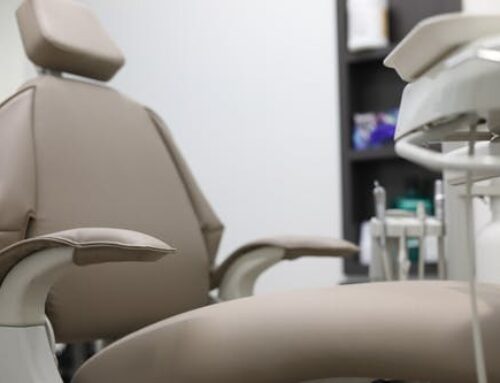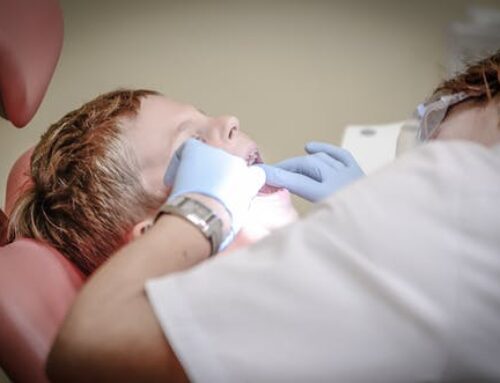If you have a pet, you’ll likely encounter a vet emergency. It can happen in various ways, from sudden stomach poisoning to a sour bite or a flare-up of an illness that is chronic. However, one of the primary aspects you should be prepared for as a pet owner-pet owner knows how to handle emergencies.
Pet Emergencies
Certain pets are more susceptible to getting into trouble and end up in an unpleasant situation that requires urgent veterinary attention. Although, in case of vet emergency, some pets have a knack for causing a problem, you can prevent the possibility of incidents from happening to your pet. Read on to find out how to avoid seven typical pet emergencies.
1. Heatstroke in pets
Pets can suffer heatstroke if it is hot in the summer months and the temperatures and humidity levels increase. Even mild weather can pose a danger for pets, particularly when they are kept in a car parked or in an area lacking shade, ventilation, or water. To protect the pet free from the heat,
- Keep them hydrated.
- Make short strolls in shaded areas.
- In the days before the heat and humidity increase, take a walk with your pet.
- Know the warning signs of heatstroke
Click here for more info about a veterinary hospital that provides emergency care.
2. Fighting among pets
Although it’s impossible to prevent pets from fighting, you can do your best to ease tension and ensure that your pet free of any trouble. You can intervene before the situation escalates into a fight when you can read your pet’s body language. For example, suppose you see a dog with a rigid body position, an upright tail, and hard-looking eyes at a particular time.
In that case, you could be on the verge of a fight, and so could be a cat with fast-moving tail ears that are flat. Tips to prevent your pet from getting into fights:
- Keep your cat in a secure area to avoid territorial fights.
- You can spay and neuter your pet.
- Leash your dog.
- Avoid areas where there are a lot of unleashed dogs.
- If your pet is protecting your precious resources, you should separate them when necessary.
3. Poisoning in pets
The toxins from pets are found within and without your home. Many risks can be poisonous to your pet, from your backyard and kitchen to the garden. The ASPCA releases an annual list of pet poisons, including chocolate, pharmaceuticals, flowers, and rodenticides. To prevent your pet from being poisoned
- Be sure to check the surroundings of your pet to ensure that there is no poisoning.
- Cats can knock over and take medicine off countertops.
- Dogs shouldn’t be eating garbage.
- Knowing what your pet can reach can help keep it out of hazardous areas.
4. Fractures in pets
Most pet fractures occur due to getting hit by a vehicle, jumping off a high point, or suffering other types of trauma. To help protect your pet from breaking a bone, follow these steps:
- Shut off windows and protect screens to ensure your pet is protected.
- Your dog must be leashed or secured.
- Ensure that your pet is in a safe environment while driving using the pet car seat or harness.
- Small breed pets shouldn’t be allowed to leap from furniture or arms.
5. Bloat in pets
Bloat and gastric dilatation-volvulus (GDV) can be a fatal conditions caused by stomach gastric bloating and rotation. Although you can’t always prevent this condition, you can minimize the risk of developing it by:
- Feed your pet multiple small meals rather than a single large one.
- Make sure you keep your pet from drinking or eating in excess
- Exercise after dinner
- During spay/neuter surgery, stomach tacks can be used.
You can visit this page for more information on how to protect your pets from emergencies.






